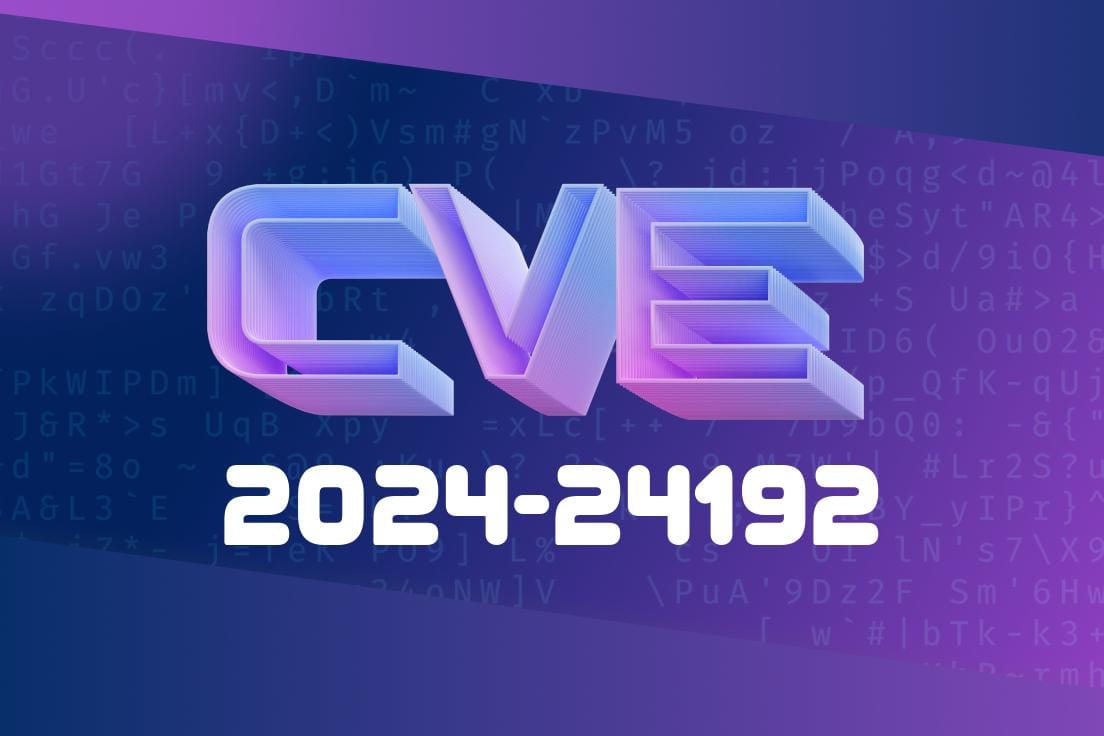In this post, we will delve deep into the CVE-2024-24192 vulnerability, which is a heap overflow vulnerability found in robdns commit d76d2e6. We will explore the component block->filename at /src/zonefile-insertion.c, where the vulnerability was discovered. Along the way, we will look at code snippets, linked resources, and details about this exploit.
Description of the Vulnerability
CVE-2024-24192 refers to a heap overflow vulnerability in robdns, a lightweight and high-performance DNS server. Specifically, the vulnerability was discovered in commit d76d2e6, which can be found in the GitHub repository here: https://github.com/robertdavidgraham/robdns/commit/d76d2e6.
In this particular commit, the component block->filename at /src/zonefile-insertion.c contains a programming flaw, which could allow an attacker to trigger a heap overflow. Heap overflows are dangerous as they can lead to a range of security issues, including arbitrary code execution, denial of service (DoS) attacks, and unauthorized access to sensitive information.
Digging Deeper: The Vulnerable Code
The following code snippet found in /src/zonefile-insertion.c in commit d76d2e6 demonstrates the vulnerable code component:
static zonefile_insertion_t insertions[] = {
{"db.", add_a},
{"set db.", add_a},
{"www.", add_a},
};
In the code snippet above, the block->filename component is vulnerable to heap overflow due to a lack of proper boundary checks. An attacker could exploit this vulnerability by providing a crafted input to the block->filename variable. This can result in a corrupted memory state due to the overflow, allowing the attacker to execute arbitrary code or crash the application to create a denial of service condition.
Original References
- robdns GitHub Repository: https://github.com/robertdavidgraham/robdns
- d76d2e6 Commit: https://github.com/robertdavidgraham/robdns/commit/d76d2e6
- Zonefile-insertion.c File: https://github.com/robertdavidgraham/robdns/blob/master/src/zonefile-insertion.c
Exploit Details
To exploit this vulnerability, an attacker would need to craft a specific payload and use it to overflow the block->filename component. The attacker would typically begin by creating a long string of characters (or a long domain name) to cause a buffer overflow and write beyond the allocated boundaries of the filename buffer.
For example, let's say that the buffer size allocated for the filename component is 100 bytes. The attacker would then craft a domain name longer than this buffer size, potentially containing malicious shellcode within the overflowed bytes.
Once the attacker has successfully triggered the heap overflow, they could potentially gain control of the program's execution flow. This control allows them to perform arbitrary code execution, which could lead to unauthorized access, data leakage, or even a complete system takeover depending on the permissions granted to the compromised application.
Conclusion
The CVE-2024-24192 vulnerability found in robdns commit d76d2e6 is a classic example of how improper boundary checks can lead to heap overflows and significant security risks. The vulnerability demonstrates the importance of rigorous security testing, proper input validation, and secure coding practices. Developers should always follow secure coding guidelines to avoid introducing weaknesses that could be exploited in their software products.
Timeline
Published on: 06/06/2024 22:15:10 UTC
Last modified on: 10/29/2024 18:25:10 UTC
